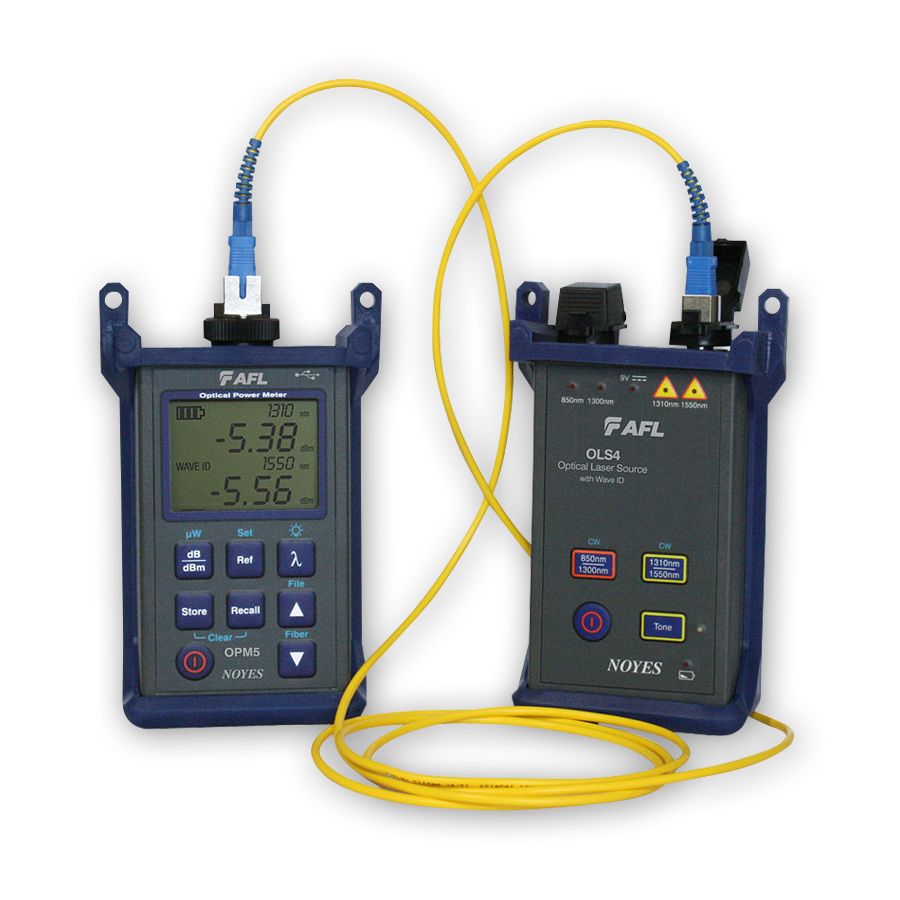All You Need to Know About Robotic Vision and Its Applications in Advanced Optical Measurement Systems
Robotic vision stands for a considerable improvement in the junction of computer vision, synthetic knowledge, and artificial intelligence. This innovation improves the accuracy of optical dimension systems, allowing real-time data evaluation and boosted quality assurance. Its influence covers numerous sectors, from producing to healthcare. However, the developing landscape of robot vision increases concerns regarding future abilities and applications (optical measurement system). What developments exist ahead in this transformative area?
Understanding Robotic Vision: Key Concepts and Technologies
Robotic vision encompasses the modern technologies and approaches that enable makers to analyze and recognize aesthetic info from their atmosphere. This area integrates elements of computer system vision, man-made knowledge, and maker knowing to help with automatic decision-making based upon visual information. Secret concepts include photo handling, which includes the enhancement and evaluation of images to extract meaningful attributes, and object recognition, which allows machines to determine and categorize objects within a scene.

The Combination of Robotic Vision With Optical Measurement Systems
As industries significantly demand precision and efficiency, the combination of robot vision with optical measurement systems has become a transformative strategy. This synergy permits robotics to view and interpret their surroundings, enhancing the capacity of optical measurement systems to examine and assess objects with unequaled precision. By equipping optical sensors with advanced imaging innovations, robot vision makes it possible for real-time data collection and handling, promoting prompt adjustments to dimension parameters.
Moreover, the mix equips automated systems to find variants in measurements, surface area quality, and positioning, which are vital in quality assurance procedures. Improved formulas, such as machine knowing, more boost this integration by enhancing the systems' capability to adapt to different settings and situations. The combination not just improves dimension processes but also decreases mistakes, making sure that products satisfy rigorous sector requirements, thus strengthening the duty of robot vision in the future of optical measurement systems.
Applications of Robotic Vision in Manufacturing
In modern-day production atmospheres, using vision systems has transformed production processes by making it possible for machines to execute jobs with remarkable accuracy and rate. Robotic vision systems are increasingly employed for quality assurance, where they check items for defects and assurance adherence to specifications. These systems use electronic cameras and advanced algorithms to analyze items in real-time, substantially reducing the danger of human mistake.
Furthermore, robot vision facilitates automation in setting up lines, permitting robotics to properly recognize parts and construct them with marginal downtime. This technology also boosts inventory monitoring, as vision systems can keep track of stock degrees and identify disparities, ensuring a seamless supply chain.
Moreover, try here robot vision aids in the execution of wise manufacturing facilities, where data from vision systems can be integrated with other technologies to check these guys out maximize workflows. In general, the applications of robotic vision in producing demonstrate its critical role in enhancing effectiveness, top quality, and performance across numerous sectors
Robotic Vision in Medical Care: Changing Client Treatment

In rehab, robot vision aids in keeping track of individual development and tailoring treatment sessions to private needs. It sustains clinical specialists by automating jobs such as data collection and client surveillance, allowing for even more time to concentrate on straight client interaction. In addition, robotic vision enhances telemedicine by allowing remote medical diagnosis and digital assessments, connecting the gap between clients and doctor. Overall, the application of robotic vision in medical care is reinventing patient treatment, bring about boosted end results, efficiency, and client complete satisfaction.
Future Fads and Growths in Robotic Vision Innovation
The fast development of robotic vision technology guarantees to even more boost its applications throughout different industries, consisting of medical care. Future fads show a substantial shift in the direction of integrating expert system and equipment understanding, allowing systems to discover from substantial datasets and improve precision over time. Enhanced sensor technologies and deep knowing formulas are expected to improve object acknowledgment abilities, allowing robots to interpret intricate atmospheres better.

The integration of augmented fact (AR) with robotic vision will likely change just how robots assist in surgical procedures and diagnostics. check over here This synergy will certainly assist in real-time information visualization, improving decision-making processes. Additionally, miniaturization of elements will certainly result in more small and flexible robot vision systems appropriate for a selection of jobs. As these advancements unravel, industries will witness enhanced automation and effectiveness, strengthening robotic vision as a keystone of innovative technological remedies.
Frequently Asked Inquiries
What Are the Main Elements of a Robot Vision System?
The main components of a robot vision system consist of cams for picture capture, cpus for information analysis, formulas for analysis, and actuators for movement. With each other, these aspects make it possible for robotics to regard and connect with their environment efficiently.
How Does Robotic Vision Improve Precision in Measurements?
Robotic vision boosts measurement accuracy by utilizing advanced imaging technologies, enabling exact object detection and spatial analysis. This capability decreases human error, enhances repeatability, and permits real-time modifications, eventually boosting total measurement integrity and efficiency.
What Industries Benefit Most From Robotic Vision Technology?
Different sectors profit considerably from robotic vision innovation, consisting of production, medical care, farming, and logistics. These fields use boosted accuracy, efficiency, and automation, leading to improved productivity and reduced functional costs in their corresponding processes.
Can Robotic Vision Equipments Operate In Low-Light Issues?
Robotic vision systems can without a doubt work in low-light conditions, making use of advanced sensing units and formulas to enhance picture clarity. This capacity allows them to carry out effectively in different atmospheres, consisting of industrial and monitoring applications, despite marginal lighting.
What Are the Costs Linked With Applying Robotic Vision?
The costs connected with implementing robot vision vary considerably, affected by parts such as video cameras, software application, and integration. Extra expenses include maintenance, training workers, and potential upgrades to existing systems, which can gather with time.